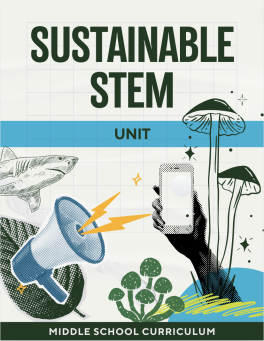Sustainable STEM Lesson 5: Testing the Cell Phone Cases

Summary
In this lesson, students will revise those procedures and use them to evaluate their mycelium cell phone cases. They will then use the information from their experiments to draw conclusions about their final product and choose one case to recommend.
This project came about from a collaboration between Beyond Benign and Steelcase.
This project came about from a collaboration between Beyond Benign and Steelcase.
Safety Precautions, Hazards, and Risk Assessment
Gloves, aprons, and goggles required. Thoroughly wash your hands and work station before and after each lab.
Teacher Recommendations or Piloting Data (if available)
The reflection on the cell phone case growth and student observations can be extended or shortened, depending on available time.
The resulting cell phone cases will not perform as well as commercially available cell phone cases. If necessary, remind students that all inventions must start somewhere!
The resulting cell phone cases will not perform as well as commercially available cell phone cases. If necessary, remind students that all inventions must start somewhere!
Digital Object Identifier (DOI)
https://doi.org/10.59877/XSEM6381
Related Learning Objects
File (PDF, PPT, image, etc)
File (PDF, PPT, image, etc)
Creative Commons License

This work is licensed under a Creative Commons Attribution-NonCommercial-ShareAlike 4.0 International License.

